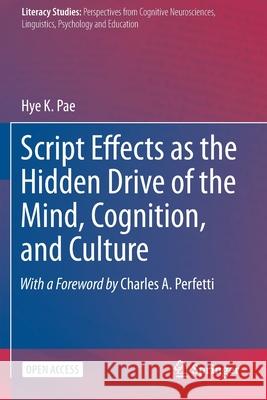Script Effects as the Hidden Drive of the Mind, Cognition, and Culture » książka
topmenu
Script Effects as the Hidden Drive of the Mind, Cognition, and Culture
ISBN-13: 9783030551544 / Angielski / Miękka / 2021 / 276 str.
Script Effects as the Hidden Drive of the Mind, Cognition, and Culture
ISBN-13: 9783030551544 / Angielski / Miękka / 2021 / 276 str.
cena 322,01
(netto: 306,68 VAT: 5%)
Najniższa cena z 30 dni: 308,41
(netto: 306,68 VAT: 5%)
Najniższa cena z 30 dni: 308,41
Termin realizacji zamówienia:
ok. 22 dni roboczych.
ok. 22 dni roboczych.
Darmowa dostawa!
Kategorie:
Kategorie BISAC:
Wydawca:
Springer
Język:
Angielski
ISBN-13:
9783030551544
Rok wydania:
2021
Ilość stron:
276
Waga:
0.39 kg
Wymiary:
23.39 x 15.6 x 1.47
Oprawa:
Miękka
Wolumenów:
01
Dodatkowe informacje:
Wydanie ilustrowane











